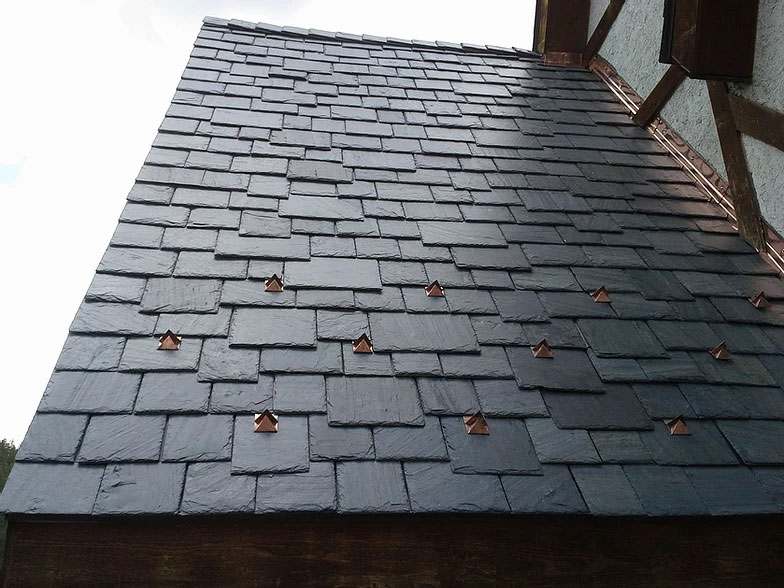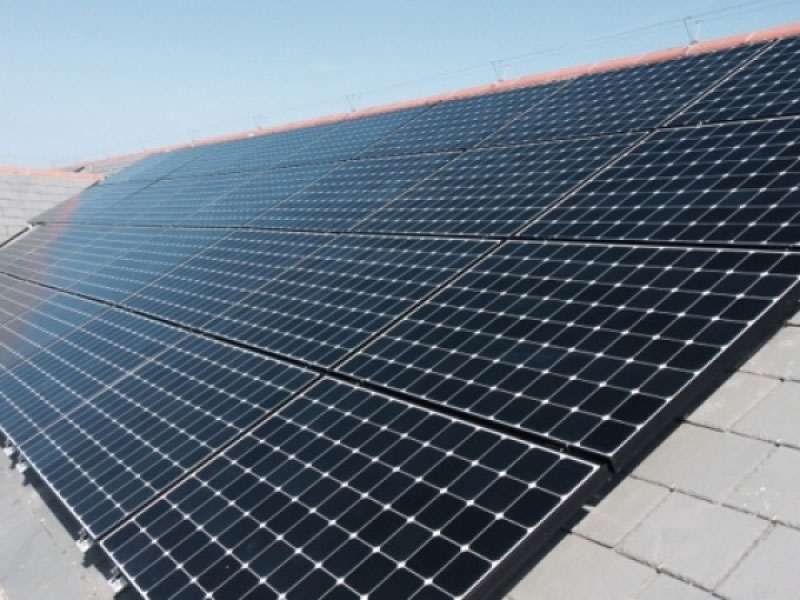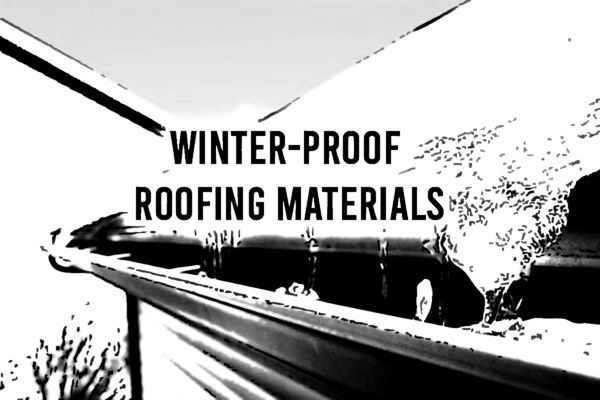As winter arrives, it brings some unique challenges to your roof. There is a need to find cost-effective materials that can hold moisture, cold temperatures and hard winds. You have to take into account the durability and efficiency of the materials during winter. When you live in an area that is prone to cold you want the best roof materials for cold climates that you can get. A roof has to be strong enough to not only withstand all of these stress factors but also needs to keep the building structures well insulated and warm. When properly installed, the best roof material will also act as additional insulation for a home, adding much needed extra warmth during winter months. When it comes to trying to decide on the best roof design for snow, there are many different options to consider, five most sorted ones are discussed below. You need to choose your roof wisely so it will hold up.
Structural Clay for Winter-Proof Roofing Materials
Structural clay tile describes a category of burned-clay building materials used to construct roofing, walls, and flooring for structural and non-structural purposes, especially in fireproofing applications. Also called building tile, structural terra cotta, hollow tile, and clay block, the material is an extruded clay shape with a substantial depth that allows it to be laid in the same manner as other clay or concrete masonry. Each unit is generally made of clay or terra-cotta with hollow cavities, or cells, inside it.
The most popular and enduring form of structural clay tile is its use in vertical applications as a structural element. In the vertical application, structural clay tile blocks are used in both columns and load-bearing walls. Likewise, structural clay tile blocks were frequently used as backing for exterior walls, often filling the voids behind architectural ornament, stone, or brickwork. In some cases, entire walls-typically in single-story buildings, seldom higher-were created out of structural clay tile, typically multiple wythes thick. The cells of these blocks could be either unfilled or filled with reinforcing and grout.

Slate for Winter-Proof Roofing Materials
The biggest advantage of installing a slate roof on your home is the appearance. Slate roof tiles are made of 100% natural stone, and have a natural cleft surface with beautiful color variation ranging over the entire roof. Slate roof tiles are also extremely durable, outlasting the buildings they are installed on in some cases. In fact, installed and cared for properly it is not unheard of for a slate roof to last 150 years or more.
In addition to being beautiful and durable, slate roof tiles are also fireproof and environmentally friendly. Being made of natural stone, the tiles don’t give off VOCs or other pollution during manufacturing. They can also be recycled after they are used on the roof or if they outlast the building they are installed on. They can also help to insulate the home below them, which can lower energy costs in the houses that use them.

Solar for Winter-Proof Roofing Materials
Solar roof tiles provide an alternative to conventional solar panels. Instead of being installed on existing roofs with racking systems, solar tiles are part of the roof itself. They can be a viable option in new constructions and major renovations since a roof installation and a solar array can be combined into a single component. Solar roof tiles are also known as solar shingles. Solar panels are the recommended option if you want to maximize electricity production with the space available. On the other hand, solar shingles offer the appearance of a normal roof without panels, but the available space is used less efficiently.

Asphalt for Winter-Proof Roofing Materials
Two types of base materials are used to make asphalt roofing, organic and fiberglass. Both are made similarly, with an asphalt-saturated base covered on one or both sides with asphalt or modified-asphalt, the exposed surface impregnated with slate, schist, quartz, vitrified brick, stone, or ceramic granules, and the under-side treated with sand, talc, or mica to prevent shingles from sticking to one-another before use. The top surface granules block ultraviolet light, which causes the shingles to deteriorate, provides some physical protection of the asphalt core and provides color – lighter shades preferred for their heat reflectivity in sunny climates, darker in cooler ones for their absorption.
Organic asphalt roofs are made with a base mat of organic materials such as waste paper, cellulose, wood fiber, or other materials. This is saturated with asphalt to make it waterproof, then a top coating of adhesive asphalt is applied, covered with solid granules. Fiberglass roofs have a base layer of glass fiber reinforcing mat made from wet, random-laid glass fibers bonded with urea-formaldehyde resin. The mat is then coated with asphalt containing mineral fillers to make it waterproof.

EPDM for Winter-Proof Roofing Materials
EPDM is a semi-crystalline material with ethylene-type crystal structures at higher ethylene contents, becoming essentially amorphous at ethylene contents that approach 50 wt%. Rubbers with saturated polymer backbones, such as EPDM, have much better resistance to heat, light and ozone than unsaturated rubbers such as natural rubber, SBR or polychloroprene (Neoprene). As such, EPDM can be formulated to be resistant to temperatures as high as 150°C, and, properly formulated, can be used outside for many years or decades without degradation. EPDM has good low-temperature properties, with elastic properties to temperatures as low as -40°C depending on the grade and the formulation.
EPDM can be installed either fully adhered, mechanically attached or ballasted, with the seams of the roofing system sealed with liquid adhesives or specially formulated tape. PDM is always used compounded with fillers such as carbon black and calcium carbonate, with plasticisers such as paraffinic oils, and has useful rubbery properties only when crosslinked. Crosslinking mostly takes place via vulcanisation with sulphur, but is also accomplished with peroxides (for better heat resistance) or with phenolic resins.

Conclusion
Choosing the best roofing materials for cold climates is critical. It is important to choose a material that can withstand without suffering damage. But, you also want a material that insulates your building structure.
Image Source: millershomeimprovement.com, tileroofscanada.com, nakedsolar.co.uk, energy-roofing.com, unitedhomeexperts.com

